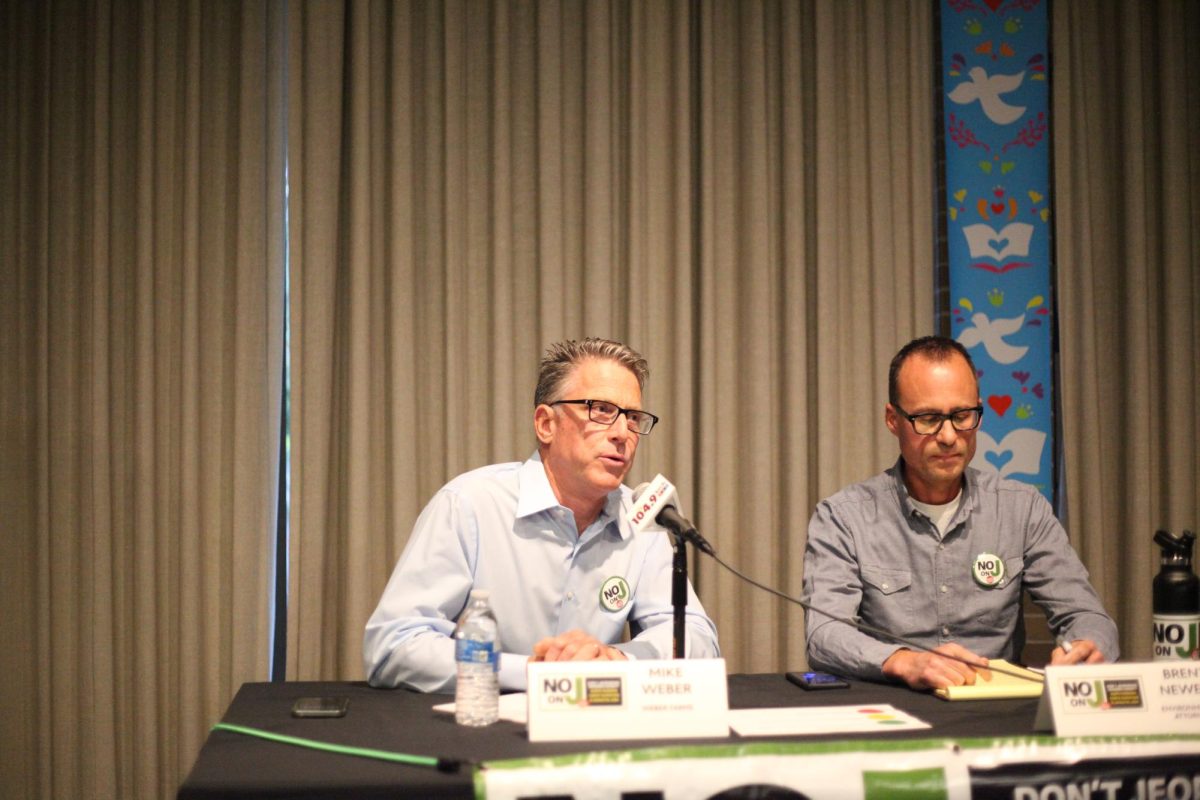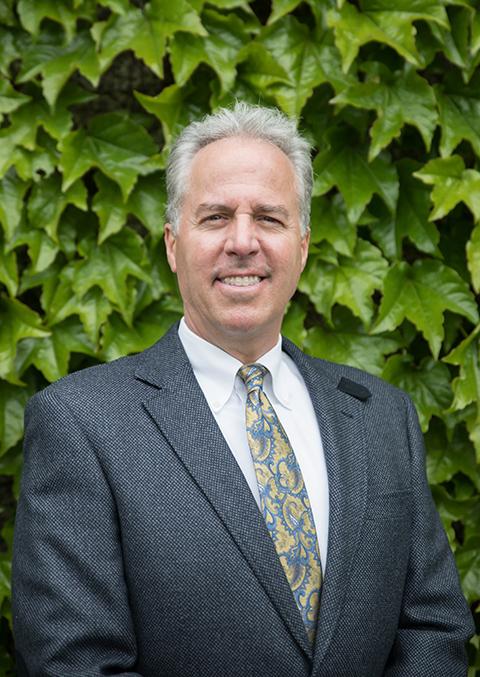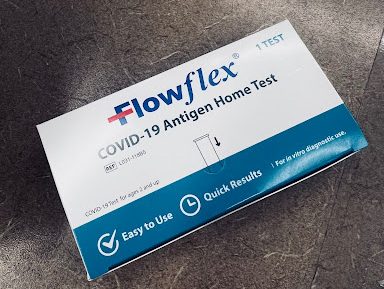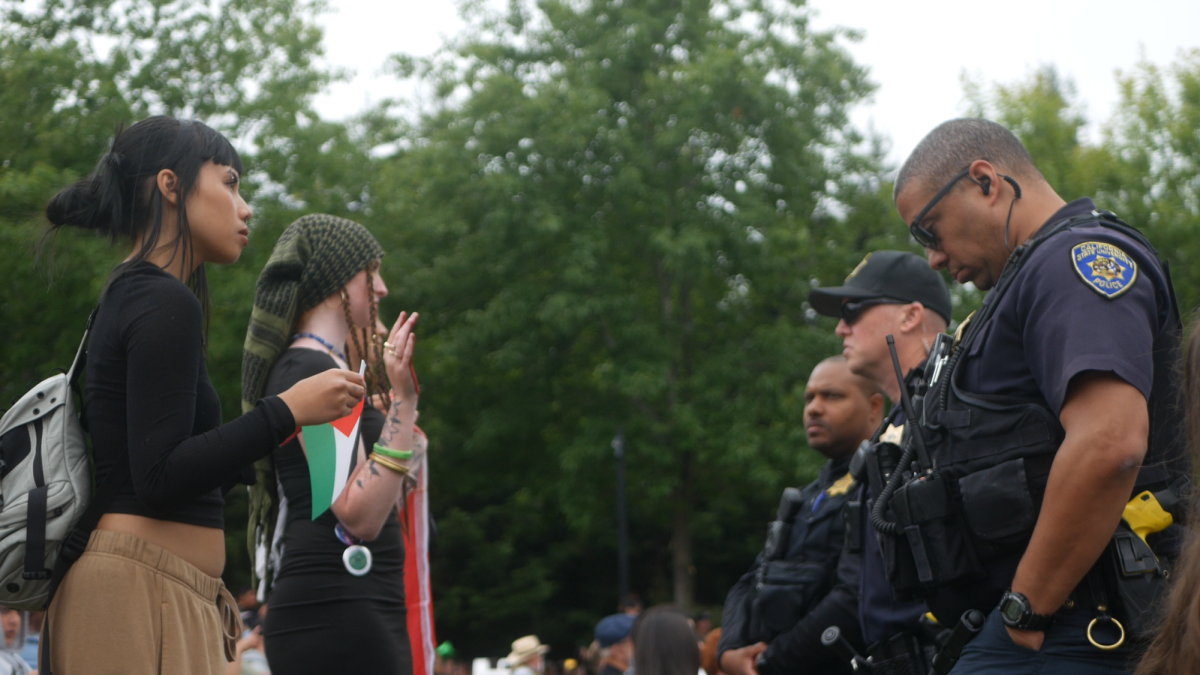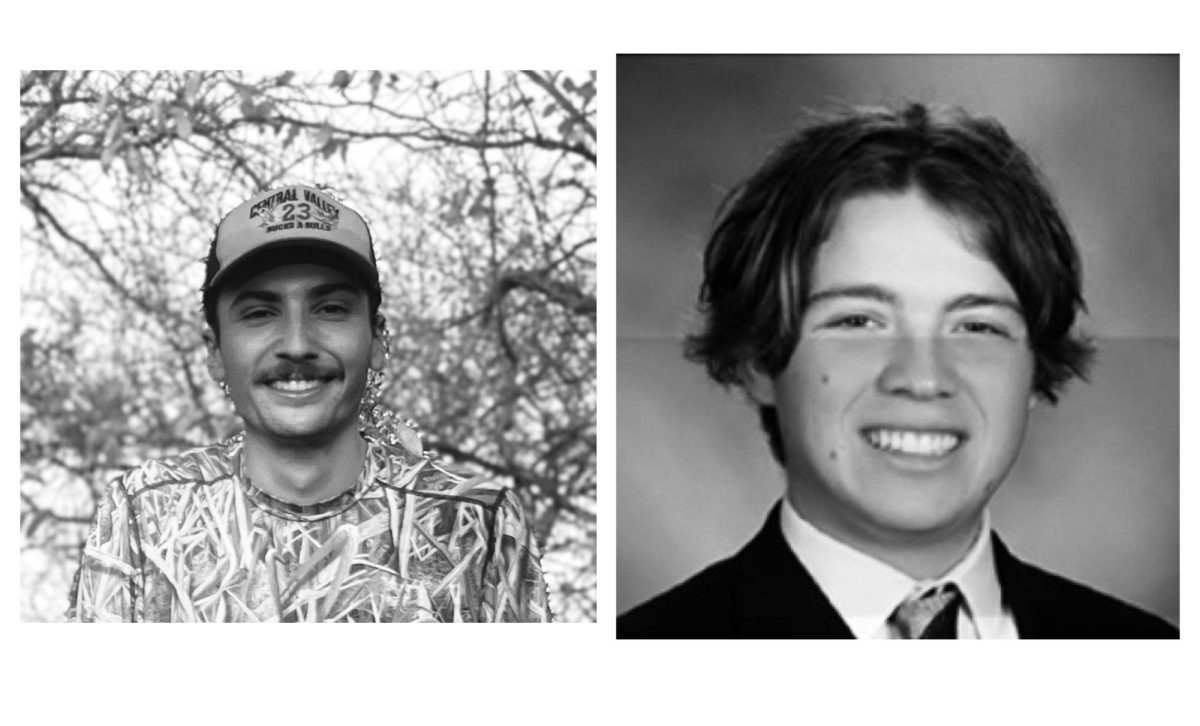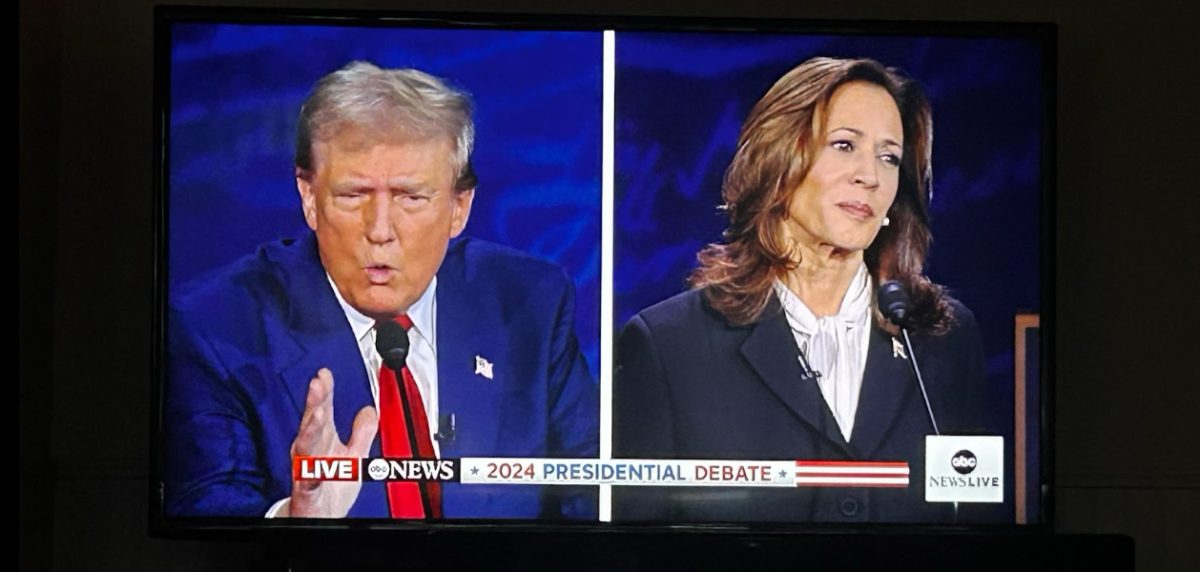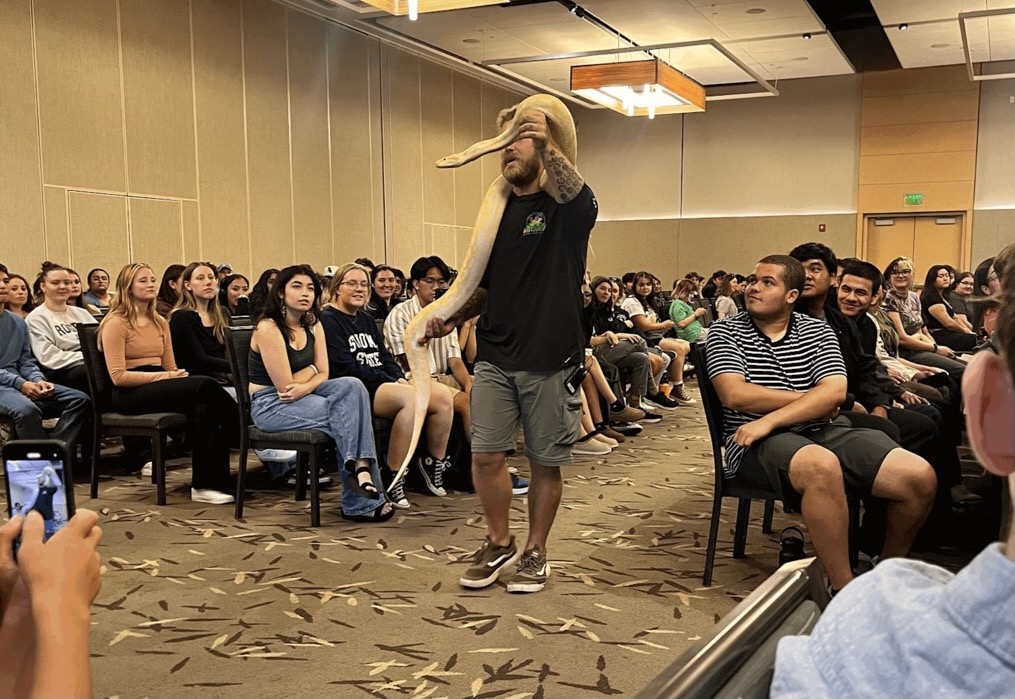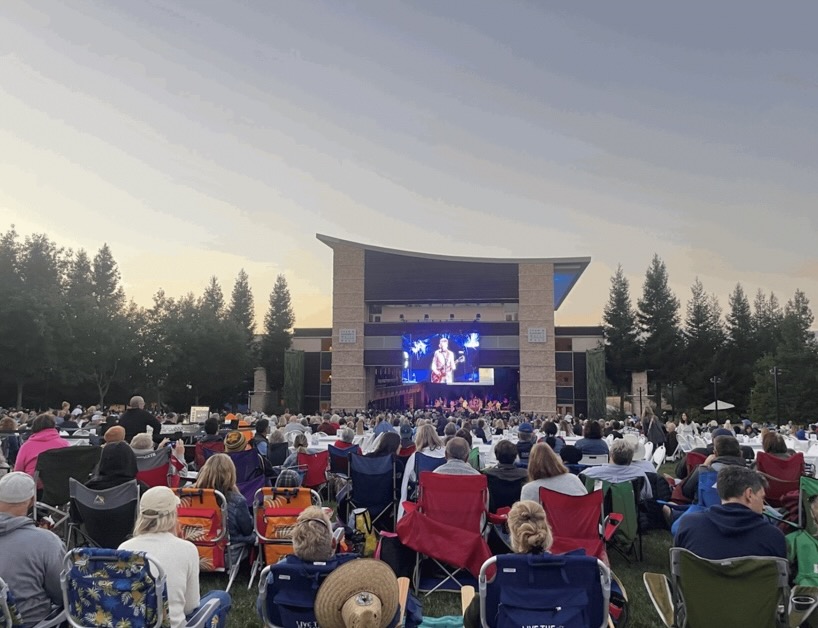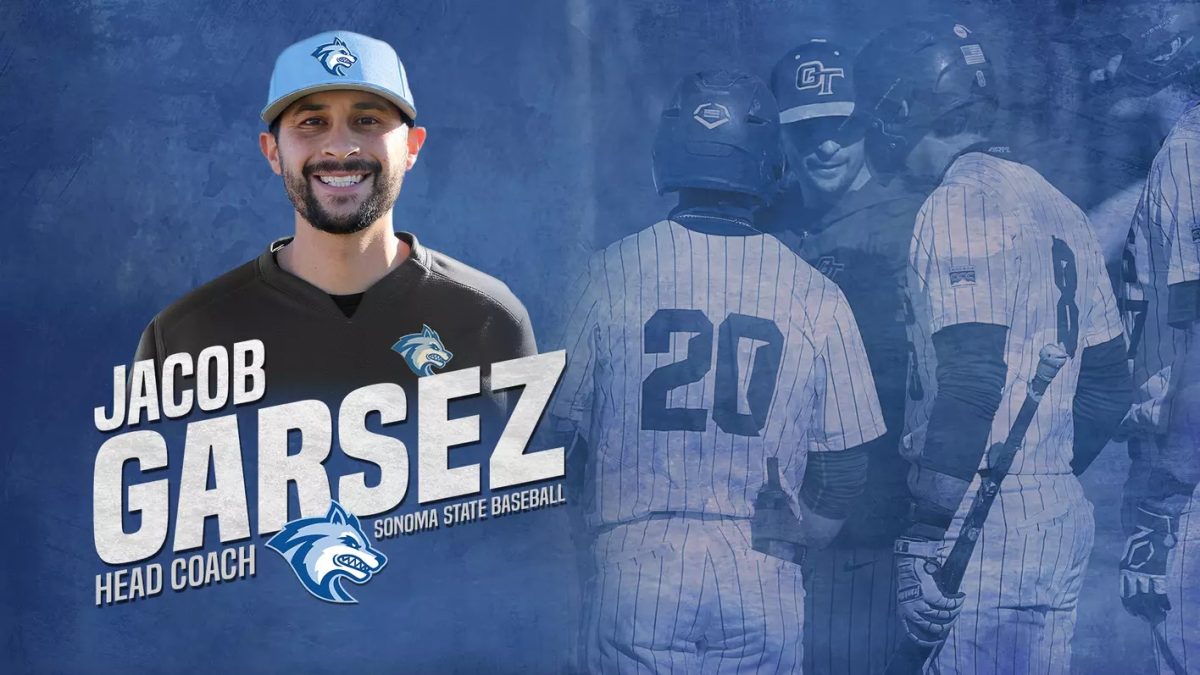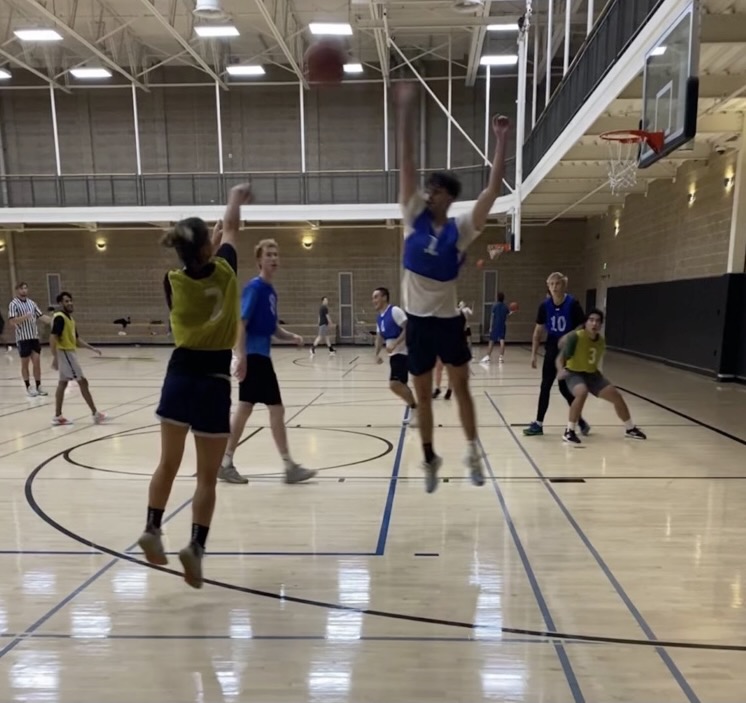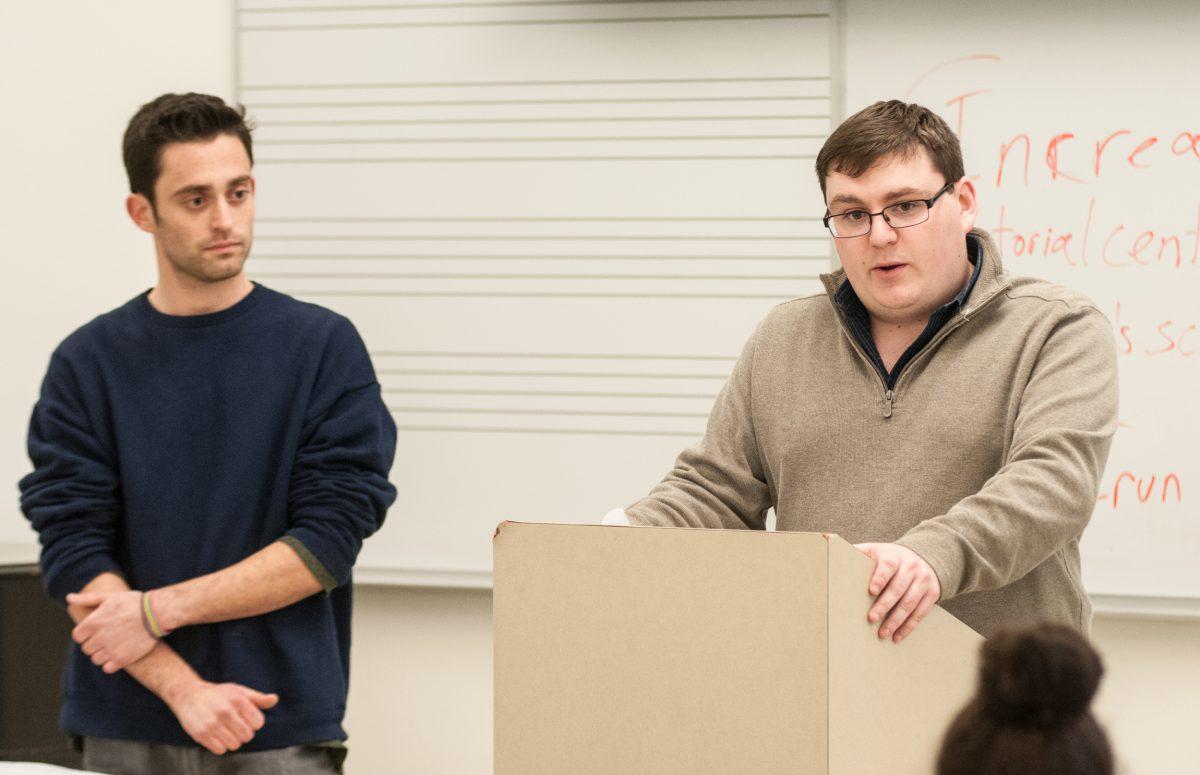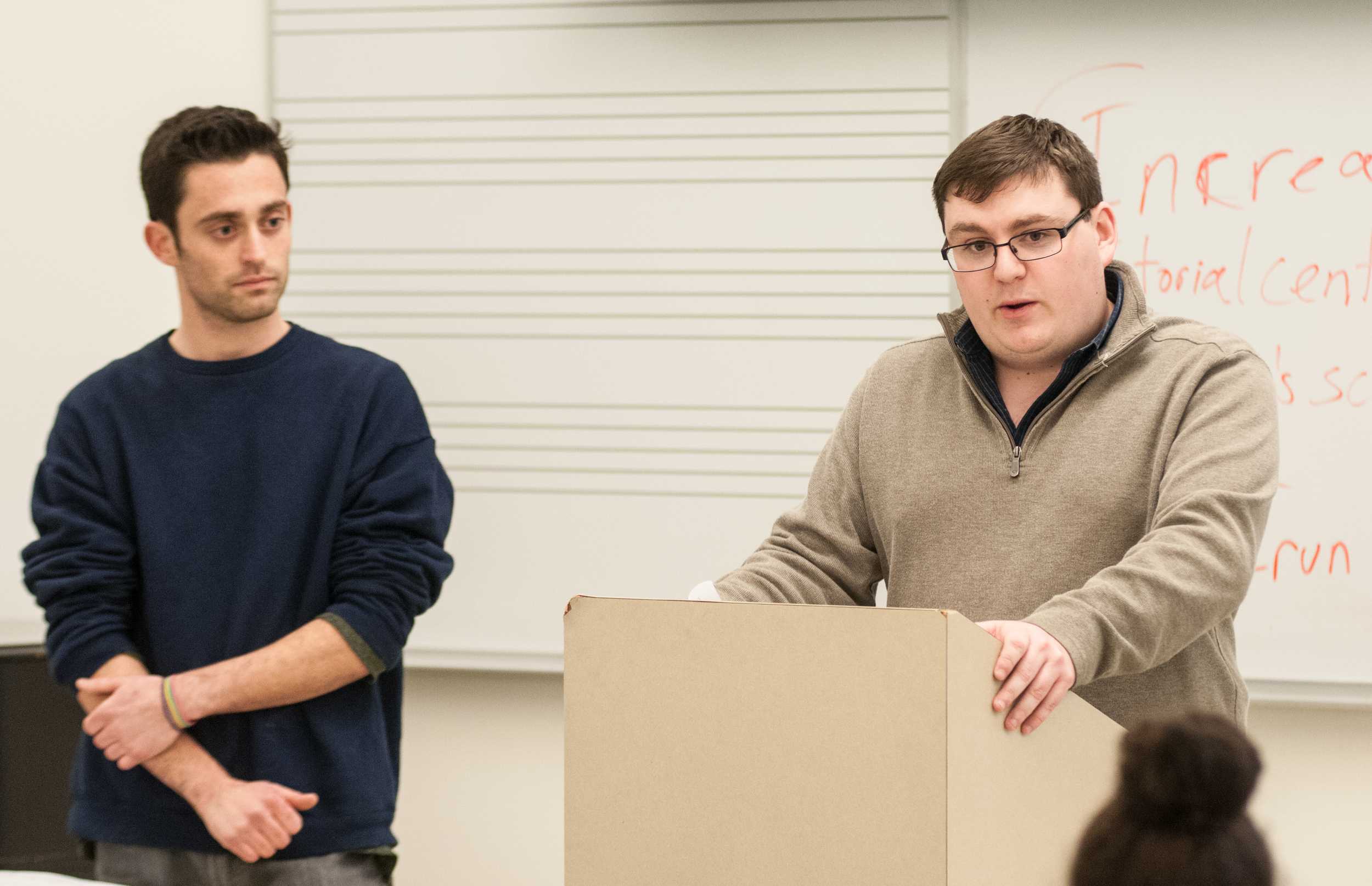The STAR staff sat down in an interview with Associated Students President Anthony Gallino and Vice President of Finance Adam Rosenkranz on March 3, to understand the proposed increase to the Associated Students fee of $99 students’ pay each semester.
Associated Students is responsible for many programs at Sonoma State, including Associated Students Productions, Join Us Making Progress, student government and the Children’s School. Associated Students also serves as the financial support for many clubs and student-oriented organizations as well as the Tutorial Center.
Each of these programs benefit from the $99 fee students pay each semester and this increase is intended to continue to better those benefits provided to these student programs and ultimately improve student experiences at Sonoma State. The fee is proposed to increase $12 over the next four years, beginning with a $3 increase in the 2015-16 school year being primarily allocated to Sonoma State University’s Tutorial Center. Students can take stance on the fee increase via a referendum vote, taking place now through a ballot sent to students’ Seawolf email accounts. The voting period coincides with the Associated Students government election, which can be voted using the same online ballot. The voting period for student elections and the fee increase ends tomorrow at 5 p.m. and election results will be announced at Lobo’s Pizza and Pub from 7-8:30 p.m.
Below are questions asked by the STAR staff to Gallino regarding the proposed fee increase.
What funds [earned from the fee increase] will be going toward JUMP and the Children’s School?
Gallino: The Children’s School has a lot of different funding mechanisms. It has the Associated Students fee which I believe [generates] about $128,000 and then it also has some grants and contracts from the state and federal government. It also receives some IRA money. The [Children’s School] also collects fees and dues from parents of the children who go to the school. We always look at our total programs and do a review of all our programs annually and see what they need for their budgets. We are going through that process right now.
Rosenkranz: JUMP has grown enormously in the last few years and they are getting hundreds of additional students coming in who are really impacting the community. The depth of what JUMP has been able to do and how much they have been able to expand and grow over the past few years, is really, really impressive and quite amazing.
Why do you believe JUMP has seen such an increase in interest from students in recent years?
Gallino: It feels really good to give back to the community and I think Sonoma State students actually have a particular affinity for service. It’s evident because JUMP logs about 14,000 hours of community service in a given year. JUMP has over 200 community partners in Sonoma County alone and I think that is a couple a things, No. 1, [community service] is something students feel passionate about and they understand and it is something tangible. I think students in JUMP and the student leaders in JUMP have done a phenomenal job at making it fun and accessible and making a real impact and students see that and they like that and they want to do that. JUMP on average has grown in the last few years by 15 percent each year and that is substantial. It is indicative of students wanting to give back to their community.
Why does JUMP need the additional funding? Are they spending that much money on transportation to the events?
Gallino: JUMP doesn’t actually have that large of a budget. JUMP has had a particularly low budget and they are actually one of the smallest programs. JUMP just recently moved from a model that gave stipends and awards to actual hourly employees like directors and coordinators. What we are really talking about is employment costs. Each program of JUMP receives $1,500 or $2,000. I wouldn’t say that it is just JUMP that needs the money or just ASP that needs the money. Really the most important thing that needs money is the Tutorial Center. There are some increasing costs we see and there are opportunities for our programs to expand. Really [JUMP] doesn’t need anything, you can make the argument that they don’t need anything. If students don’t want to pay and they’re not going to grow. They will remain static and they’ll continue to offer the programs and services they’ve always offered. This is the only fee students have direct control over and they can say they want it to be the same and they can vote to make it lower. It’s a student fee and we are here it manage it and that is what we were elected to do.
Are you exploring any other options [other than a fee referendum]?
Gallino: We engaged in several conversations on how we can get this money. There are a couple things we could do. There’s always the university, the university has historically said, “We are not going to pay” and that is what lead to the referendum in the first place.” The Tutorial Center is a high impact practice. It’s a practice that keeps students here [at Sonoma State] that helps students graduate. This is something that we as a university needs to fund and we need to find the money somehow. The University said [in response to the requested money] “We can help with certain things, but we cannot help with all of them and we are not willing to give you a lot of money and we’re not going to give you the money to fund the program. The other option is fundraising and that takes a lot of money and time. I think at the end of the day, we made the call and ask the students what is important to them and this is something that seems to be one of the only viable options.
In regards to what you said earlier about JUMP and that it is the reward of volunteering that gets people interested in volunteering, that reward is something that has always existed. Is it that growing student population that’s increasing the interest or what has increased that student involvement?
Gallino: The program of JUMP itself is growing.
Rosenkranz: JUMP has collaborated with more organizations on campus as well. For example, there was a Greek community service day last year that attracted 550 Greeks that partnered directly with JUMP so that was untapped group of students who weren’t really using JUMP before and getting involved. It’s that collaboration with other departments on campus.
Gallino: It’s word of mouth. We see students saying “I want to be a part of this” and they do it and those students bring in different ideas. This is a studentrun and student-lead corporation so if there are things students want to do, we let them led and this gives them the opportunity to do so. So that is where you see that growth in our programs. It’s not just that the student population is growing, it’s that interest from students as well.
If this referendum passes, will this cease future referendums in the next four years?
Gallino: Absolutely; The way we project this is, we look at the revenue that this will generate and I don’t foresee another fee referendum for Associated Students for another seven to 10 years, if this passes.
Rosenkranz: This proposal is involved with the long-term prosperity and viability of the corporation. We try to take into [consideration] five or six years down the road, so that we can see and understand our needs of the future and not being short sided
Gallino: What we do, is we look at how much our programs and services have grown over the past five years and we projected out what the revenues would be from the fee versus how much growth the organization [will have] and we took the highest level of growth. It’s also about financially managing the corporation so that the [growth] doesn’t get out of hand.
How do Sonoma State’s Associated Students fee compare to other campuses?
Rosenkranz: It can be difficult to differentiate the fees because a variety of services are offered at different campuses but it depends on the student [population] size and all of those different factors. CSU Bakersfield has the highest at $363 per year and Cal State LA has the lowest at $54 per year.
Gallino: Now in terms of the total fee package, [Sonoma State] is probably lower or in the middle third. We used to be very high, in fact we were the highest in Category II fees, which are any campus-based fee, we were the fourth highest. We’re not anymore because of all the student success fees, which [Sonoma State] doesn’t have. In terms of AS fee, we are about in the middle.
After these four years, could there be another fee?
Gallino: I don’t think there will be an increase in tuition for the CSU for while but I can’t predict super far into the future, but I would say for at least the next four or five years, we won’t see an increase in tuition at all. The reason I think that is because there seems to be absolutely no appetite from the legislators to allow such a thing to happen and the Board of Trustees hasn’t discussed it. The UC’s just increased their tuition from 12 percent I believe, and the legislators were furious.
For more information on the proposed fee increase, student are encouraged to contact representatives within the Associated Students or visit sonomastatestar.com for prior coverage of the fee.

